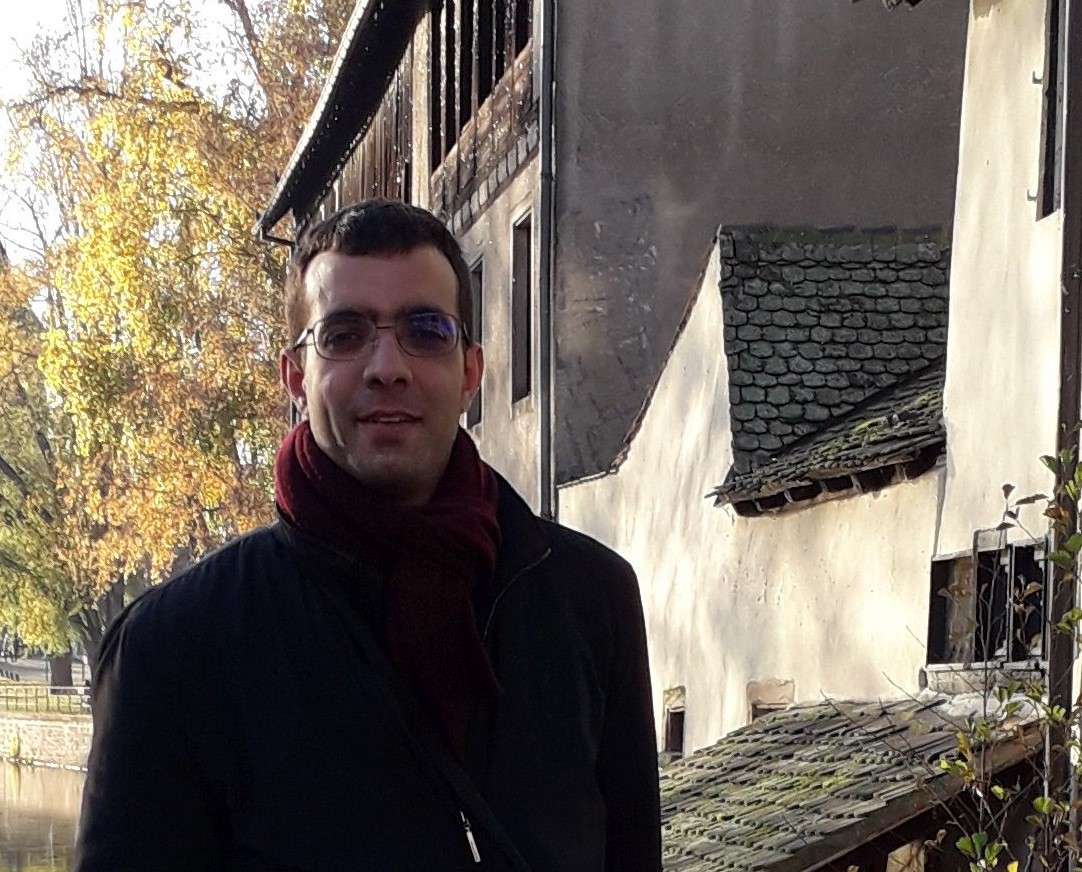
Cities, SI Urban 2/2020
City history
One of the key steps was widening the historically narrow main streets and restructuring the public transport. What is also clearly evident here is the significance of connections with other regions. Whereas a certain level of isolation was no disadvantage from a historical perspective, there is a significant economic disadvantage in such separation. The urban and spatial changes that took place in the Balkan region are related to the general social and economic developments in the Ottoman Empire as well as the nationalist aspirations of the Balkan countries. The appearance of capitalism in the regions was associated with the development of a new urban environment. First to be reformed were the traditional city ports and transport centres as well as the capitals of the newly formed countries. The aim was to transform the now “unhealthy” medieval trading cities into logistically functional, capitalist machines. However, it was not only in the Balkans that change and modernisation had long been knocking at the door; historic cities elsewhere also needed to tackle the difficult task of adapting to modern requirements and yet maintaining the original character that represents their charm.
Efthymios also looked briefly at the historic city of Salzburg. “The Austrian city is an exciting subject inasmuch as the historic old town is protected as part of the UNESCO World Heritage site. This is associated with many requirements concerning protection of the historic centre. I visited Salzburg in 2012 and certain aspects of this urban space struck me as very positive: the volume of traffic in the old town is very low and dominated primarily by pedestrians and cyclists. Furthermore, a good approach has been found to protect historic buildings and gardens and thus to strengthen tourism. Nowadays, the development of Salzburg’s functionality is benefiting from the modern tools of new technologies. Individual zones in the city are assigned specific functions and the business areas have increasingly been established outside the city centre.”
“Ultimately, Salzburg has transformed into a city that is preserving its historic atmosphere and developing new, modern and innovative activities. Salzburg is using the new technologies and becoming the epitome of a Smart City,” in Efthymios’ assessment. Preservation of the small alleys and old buildings has contributed to retention of the charm of this city and therefore attracts many visitors every year. However, this also means more and more people have to be considered in the future city planning. So far, Salzburg has managed to bridge the gap between the modern and the past, but it remains to be seen whether this challenge can also be conquered in the coming years.
Efthymios Spyridon Georgiou
Urban planning specialist in the district of Kalamaria, department of urban and civil use







